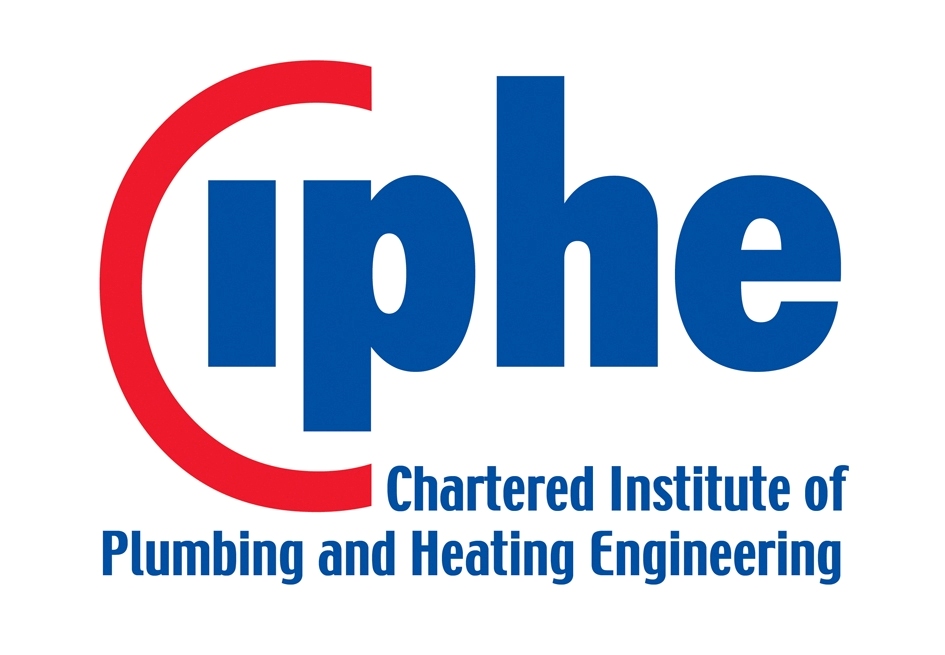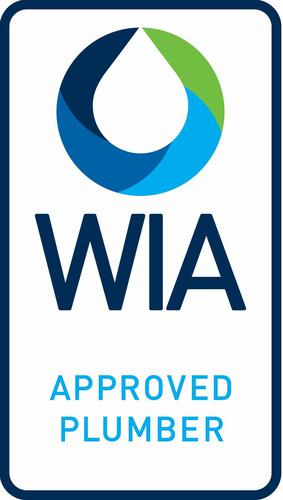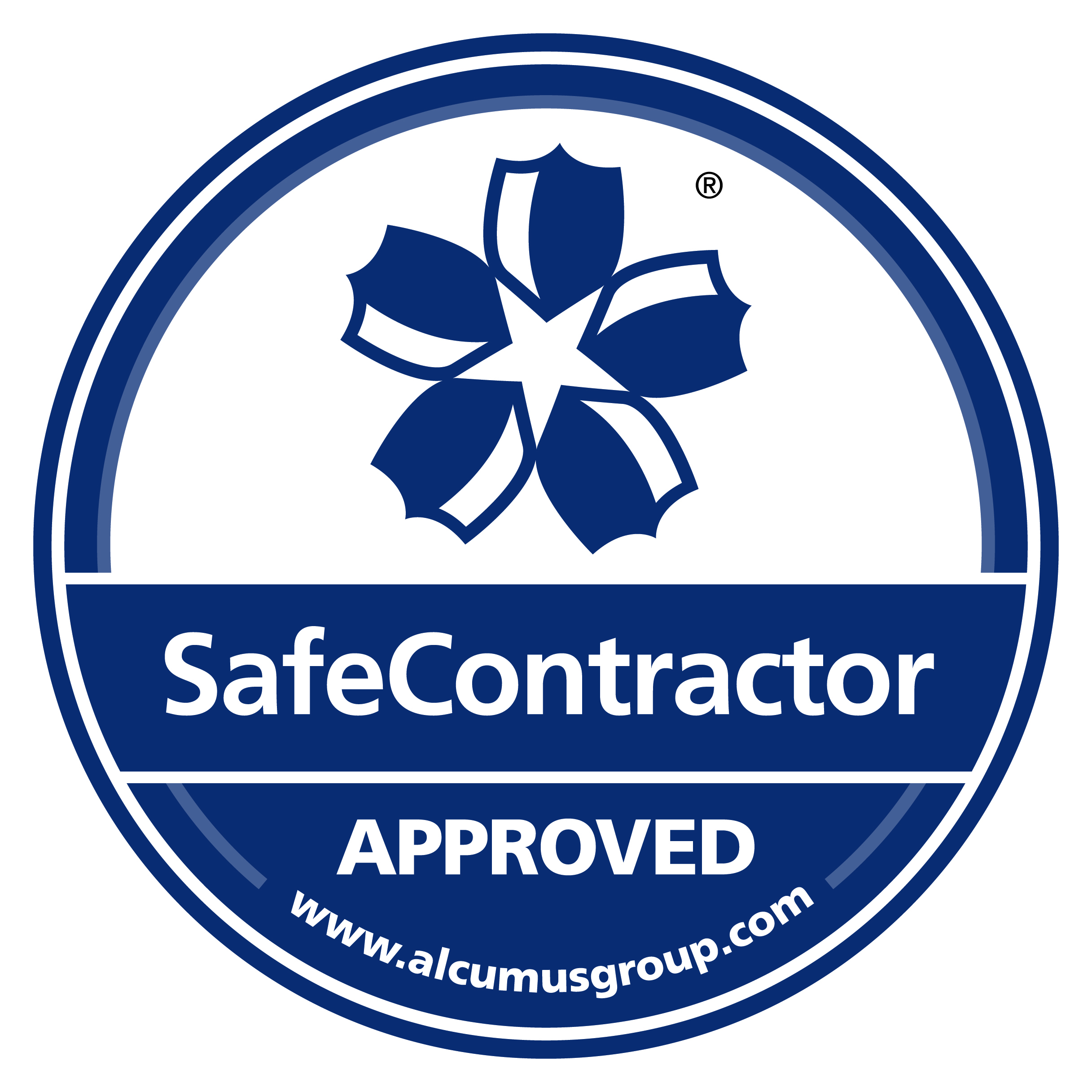The HSE approved code and practice for the control of legionella bacteria in water systems highlights the maintenance required to keep a stored hot water system free of legionella.
Maintenance of these systems involves time, expense and the adoption and adherence to strict guidelines.
Stored hot water systems provide an increased risk of legionella particular at the base of calorifiers where incoming cold water merges with the existing hot water. Legionella bacteria thrive and multiply when temperatures are at 20-45°c.
Water at the base of the calorifier can collect organic and mineral sedimented deposits which support bacterial growth including legionella which is then proliferated around the system.
To eliminate the threat of legionella the water contents of the calorifier and the base must be heated to a temperature of 60°c for an hour each day.
Much of the above can be solved by installing a gas fired continuous flow system.
There is no cylinder because the water enters the water heater directly from the mains and is immediately 60°c.
There is no stratification issue because there is no storage of water there is an even temperature permanently and there is no requirement to heat large volumes of water simply to eliminate legionella bacteria as the minimum temperature is 60°c.
However there is an exception to the rule where continuous flow hot water heaters with secondary return systems.
When the taps stop running the pipework is full of cooling water providing a perfect breeding ground for the legionella bacteria.
Having stored water like this requires the appropriate measures to safeguard against and implementing a water treatment service program safeguards against legionella.

The implementation and management of a water treatment ensures your employees are safe-guarded from legionella
Typically a Leisure Centre, Hospital or School might be affected where there are no tanks but pipework that could hold up to 10,000 litres of static water when not in use.
Shower heads are at risk when it comes to infection because legionella is ingested and is spread not by drinking the water but by inhalation of the fine water mist created when showering.
“Contrary to what most people think, legionella cannot be spread by drinking water. The bacteria are ingested from the fine mist of water spray.”
Therefore ensuring the ACOP L8 is adhered to will minimise the risk of the bacteria.
The process involves treating the water chemically or by thermal shock.
What is the best solution for eliminating any risk of legionella bacteria multiplying in a secondary return system?
Using a timer channel programme and a temperature controller. The timer will override the temperature control for a short period and then revert back to a safe level.
This allows for the safe running of water at 42°c core temperature during the day and 60°c at a time when the building is closed.
By the time the building is open again the core temperature is down to 42°c for safe use.
Where some parts of the system are rarely used such as shower heads or terminal fittings regular checks and maintenance are important to make sure that the hot water system is operating correctly.
This process is suitable for large office buildings, schools, sports and leisure centres.
There is a duty of care to protect employees, tenants and the general public from the dangers of hot water systems notably scalding and legionella.
Next Steps
Call Aquatech Services for an informal discussion and we can advise you what on is required to implement a water treatment program.











